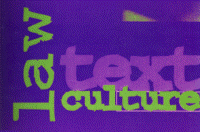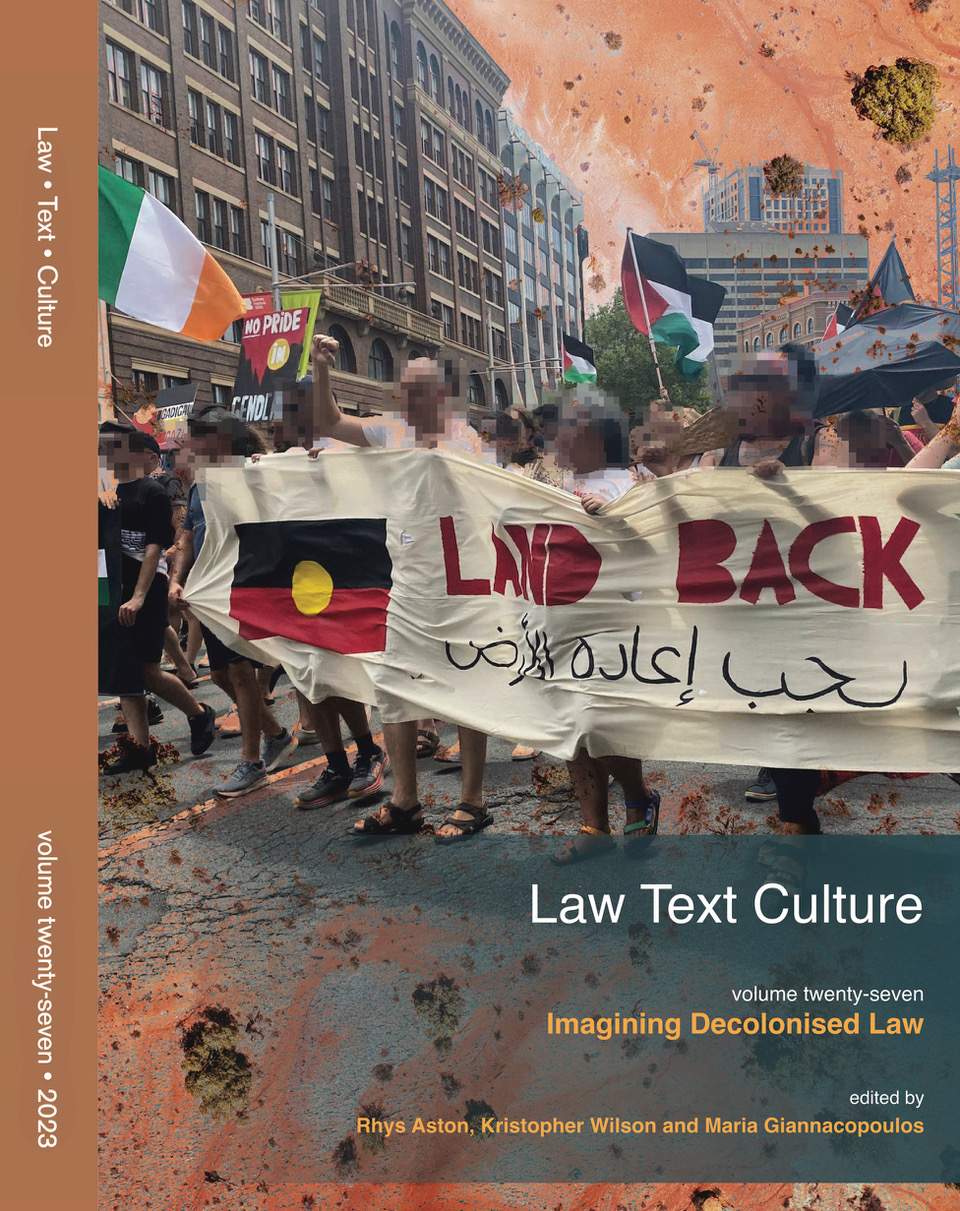Abstract
Currently winding down its work of hearing testimony to human rights abuses of the apartheid era, the Truth and Reconciliation Commission is an ambitious undertaking. A counterpart to the Reconstruction and Development Programme, a long-term scheme for the creation of housing, infrastructure and jobs, the Truth Commission is part of a vast effort at nation-building in post-apartheid South Africa. By asking South Africans to remember, the Truth Commission seeks to come to terms, not only with the crimes of the apartheid era, but with a 350-year history of white domination. In the words of Justice Richard Goldstone, former UN Chief Prosecutor for War Crimes Tribunals in Yugoslavia and Rwanda, (One of the most important advantages of the TRC [is] that it w[ill] write the past forever into South Africa's history' (Pretoria News August 18 1997). The Truth Commission aims at what no program of reconstruction and development could achieve by material means alone. In the minds of its proponents, it aims at nothing less than the 'deans[ing], and 'moral and cultural reconstruction' of a society (Chikane 1995: 99, Sachs 1995: 106). It has as its goal the 'healing of a nation' socially and psychically sundered into fragments by apartheid (see Boraine and Levy 1995).
How to Cite:
Sanders, M., (1998) “Ambiguities Of mourning law, custom, literature and women before South Africa's truth and reconciliation commission”, Law Text Culture 4(2), 105-151. doi: https://doi.org/10.14453/ltc.484
Downloads:
Download PDF
View PDF
228 Views
700 Downloads

